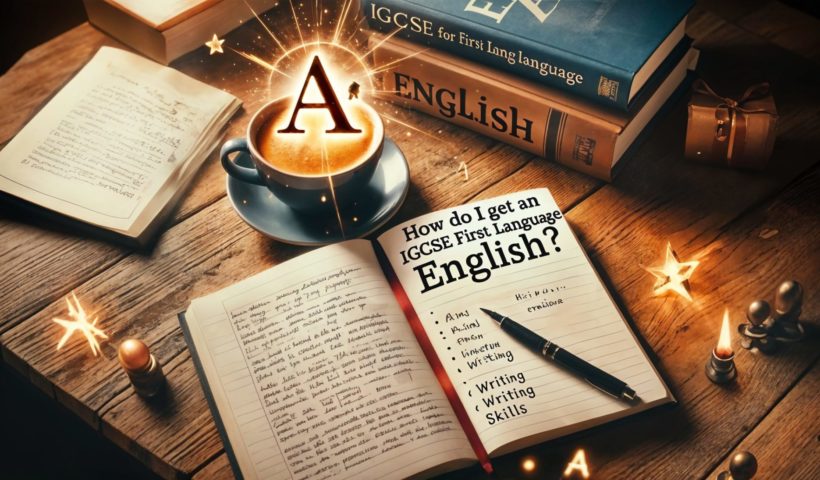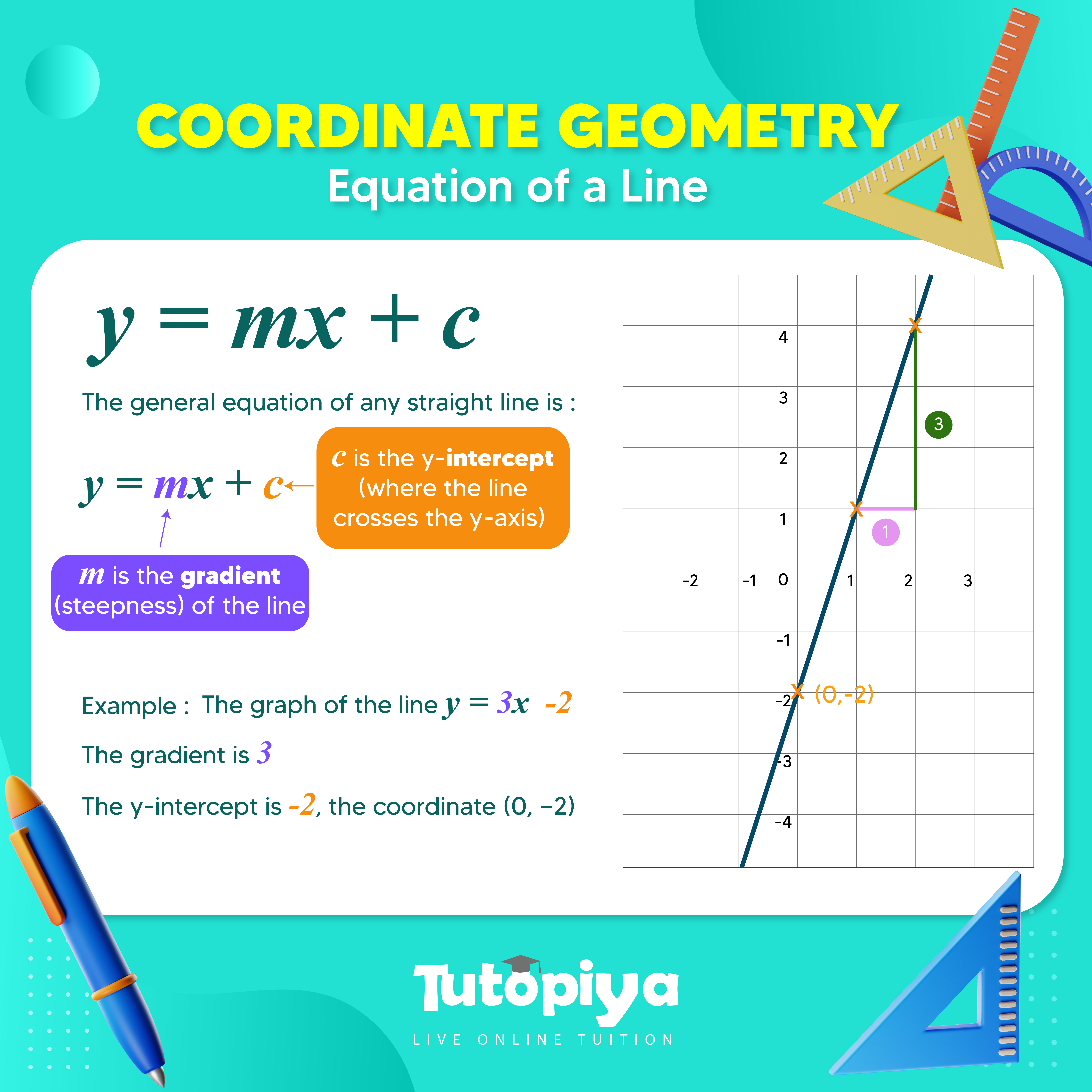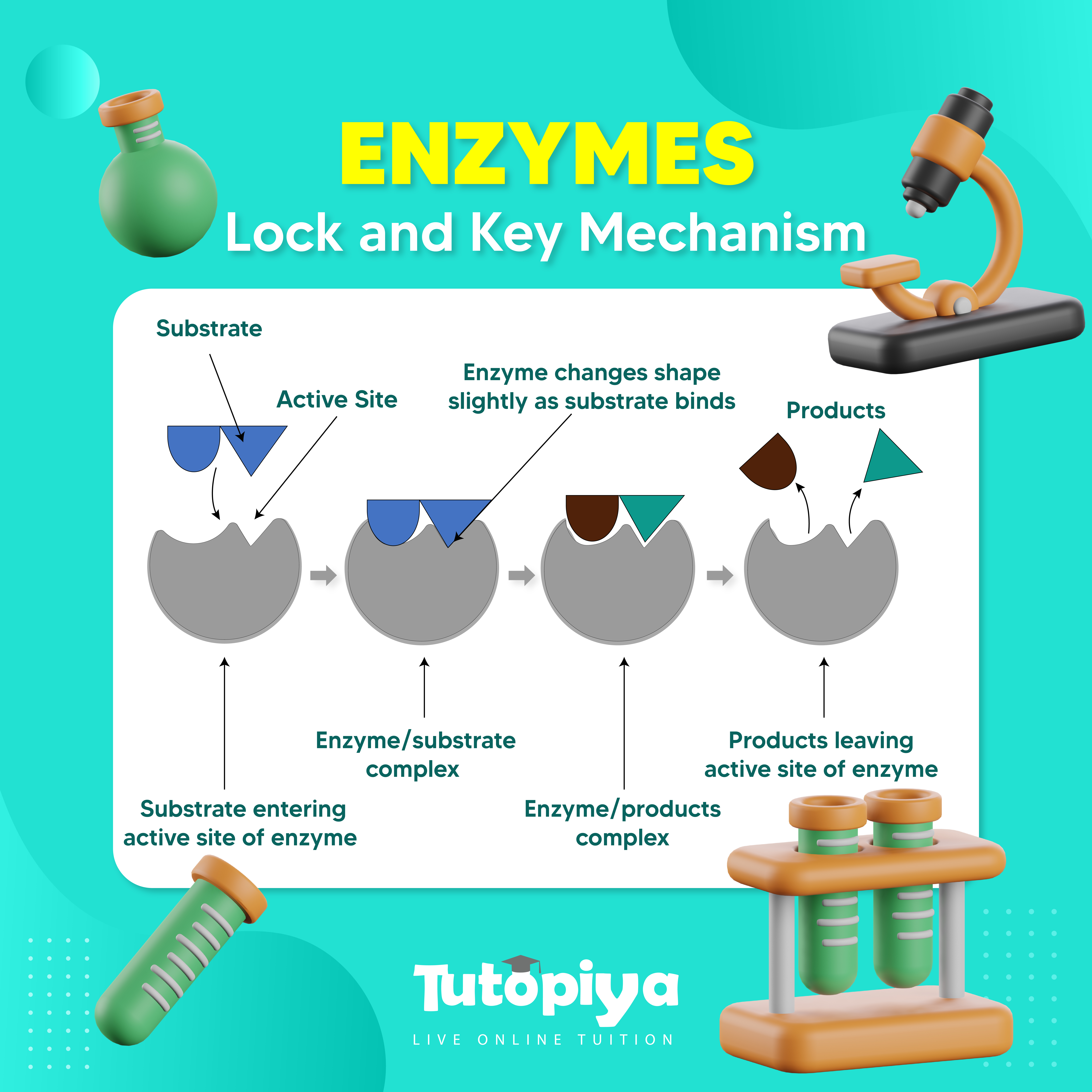How do I get an A* for IGCSE First Language English? If you are going to be sitting for your Cambridge IGCSE exams, then…
View More How do I get an A* for IGCSE First Language English?Category: Exam Tips
Mastering the Equation of a Line | Cambridge IGCSE Mathematics
Watch the Video Below to Master the Equation of a Line ↓ Under the main topic of “Coordinate Geometry”, we will discuss in this article…
View More Mastering the Equation of a Line | Cambridge IGCSE MathematicsUnveiling the Secrets of Enzymes: The Intricate Lock and Key Mechanism
Watch the Video at the End of This Blog to Unlock the Secrets of Enzymes ↓ We have heard of little things called “enzymes” inside…
View More Unveiling the Secrets of Enzymes: The Intricate Lock and Key MechanismMagazine Article Writing: How to write the Perfect Magazine Article for IGCSE
IGCSE Magazine Article Writing : 5 Key Points for How to Write a Winning Article IGCSE magazine article writing is a recurring topic in…
View More Magazine Article Writing: How to write the Perfect Magazine Article for IGCSEMethods To Revise For GCSE examination
School teachers teach us the materials needed and tested for our final examinations but never taught us the necessary skills to revise our materials. Teachers…
View More Methods To Revise For GCSE examinationThe Benefits Of Studying at Universities In Singapore
It is common for many students to leave their native countries after finishing high school to pursue college in other countries. In this article, we…
View More The Benefits Of Studying at Universities In Singapore







